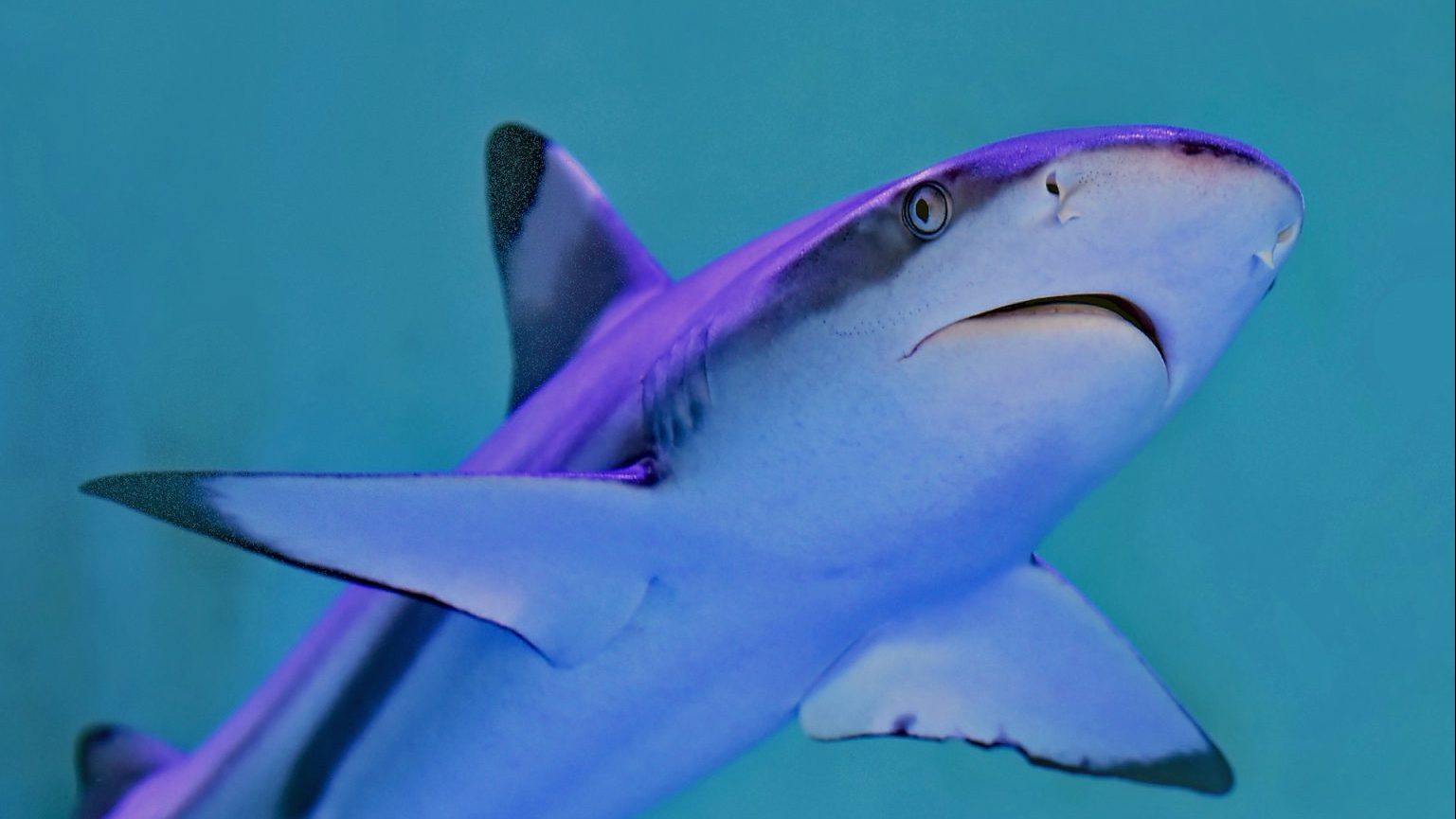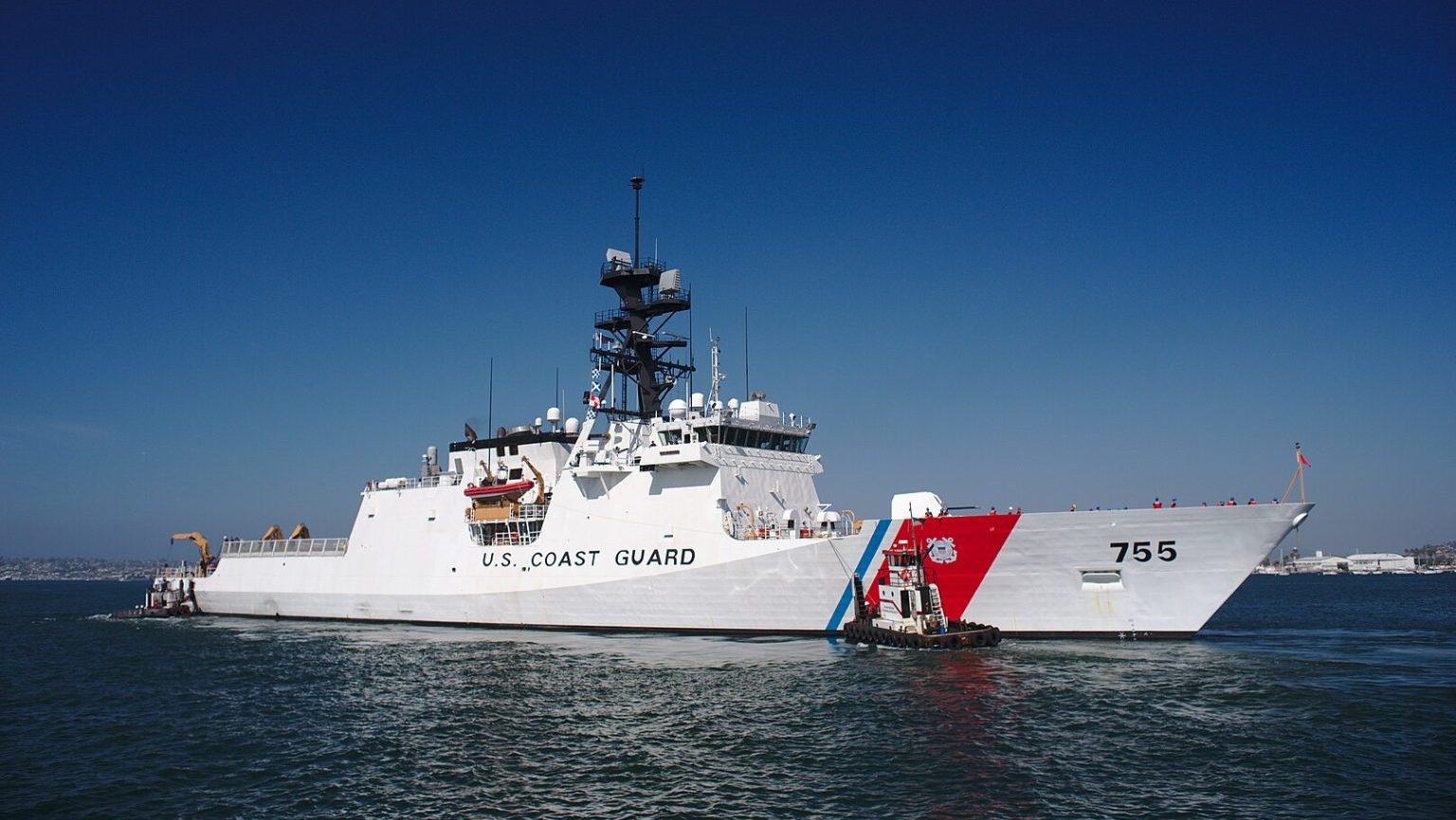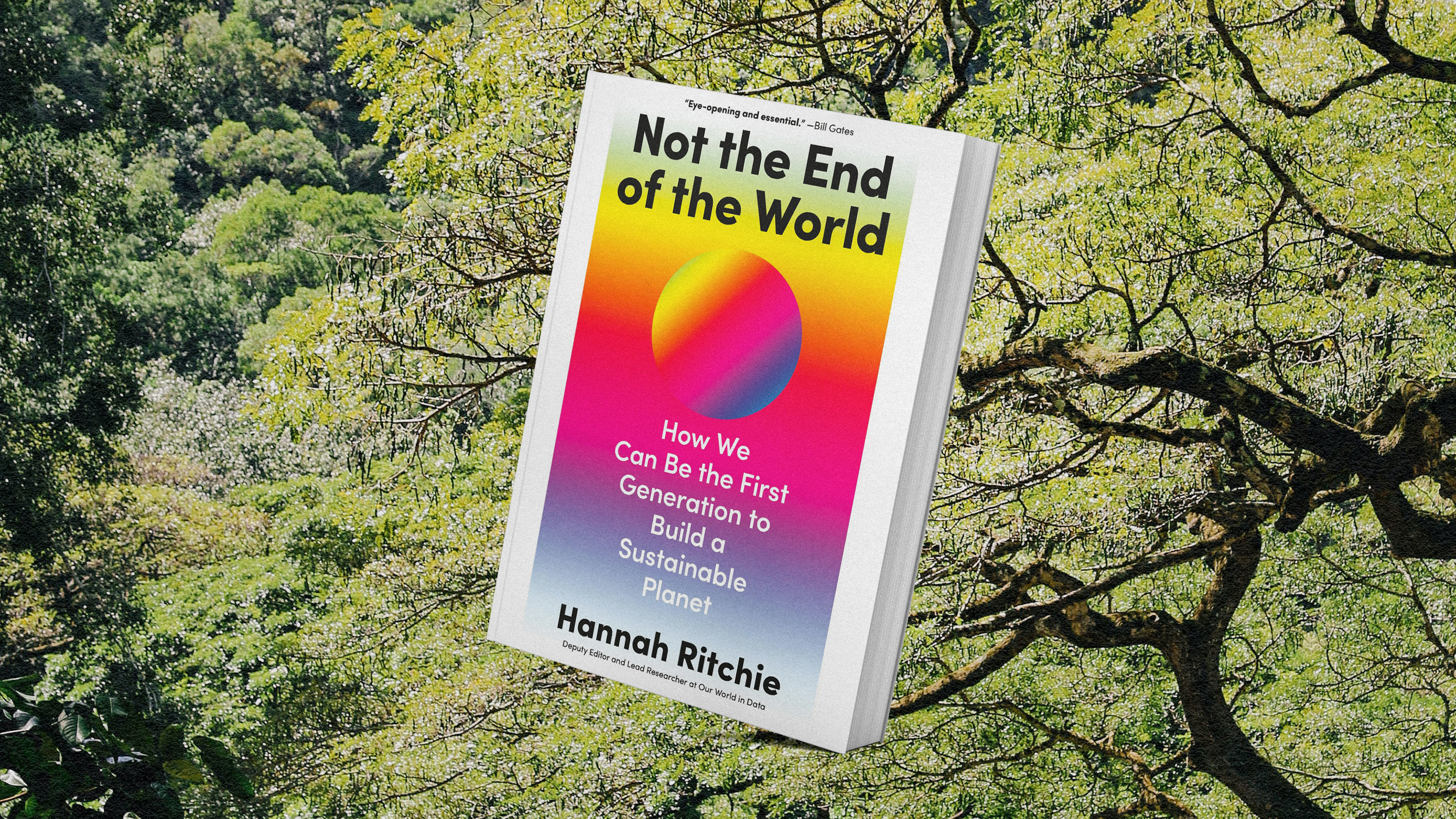Not Plenty of Fish in the Sea: How We’re Emptying the Oceans

We’ve all had well-meaning friends remind us that there are “plenty of other fish in the sea,” but the phrase may not be the most fitting fortune-cookie counsel for breakup-ees anymore. The fact is that there aren’t plenty of fish in the sea these days; the oceans are, actually, 90% depleted. Most of us just don’t know this because we haven’t been looking underwater in the same vigilance with which we keep tabs on land-bound endangered species.
Reporter Charles Clover drives this point home in End Of The Line, a documentary film based on his 2006 book by the same title. How is it, Clover demands to know, that Nobu restaurant in Berkeley keeps bluefin tuna on the menu, though the majestic bluefin’s decline is by most counts the most immediate crisis in overfishing? How is it that no one bats an eye, that diners keep ordering the endangered delicacy, unaware? What if, Clover asks, Nobu or a Nobu-esque restaurant put cheetah on the menu? “People would walk away,” he rages. It would be a scandal.
It’s time to start thinking about the declining species we don’t see—the ones hidden in the deep blue. Scientists say that we must reduce our worldwide catch to 15 thousand tons per year, if we hope to avoid total collapse of marine ecosystems. Industry – both the legal sector and the illegal – pays no attention. It continues to pull up 61 thousand tons per year: 1/3rd of the entire marine population.
The waste that results is atrocious. Seven million tons of catch and bycatch – fully 1/10th of what fisheries pull up from the oceans each year – gets thrown back over the rail and into the sea, dead. No wonder that by many estimates, all the species of marine life eaten by humans are headed for total collapse by 2048.
In the meantime, algae, jellyfish, stingray, prawns, and other creatures low on the food chain, are proliferating and taking over the marine kingdom. Their larger predators have been thinned out and are no longer around to keep them in check. Lobster populations in Newfoundland, for example, are exploding for lack of predators. That’s fine – lobster brings in a good profit – for now. But what happens when we’ve hunted all the lobster? What will we be left with, when we’ve eaten all the larger predator species and then all the ocean floor crawlers too?
End Of The Line is a powerful wake up call, an introduction to the world’s dirty fishing habit – and not a paralyzingly depressing one, either. The film’s final message is that consumers play a much greater role in the overfishing equation than they realize. I buy that. The tools we consumers need to guide us are in place: we can look for the Marine Stewardship Council’s (MSC) seal of approval when buying fish, we can carry around those handy little wallet-guides, ask before we order in restaurants, research grocery store policies before we shop.
So pull End Of The Line up on your Netflix list, and learn about what you can do to help curb the world’s hunger for fish, before we’ve reached the end of the line.





